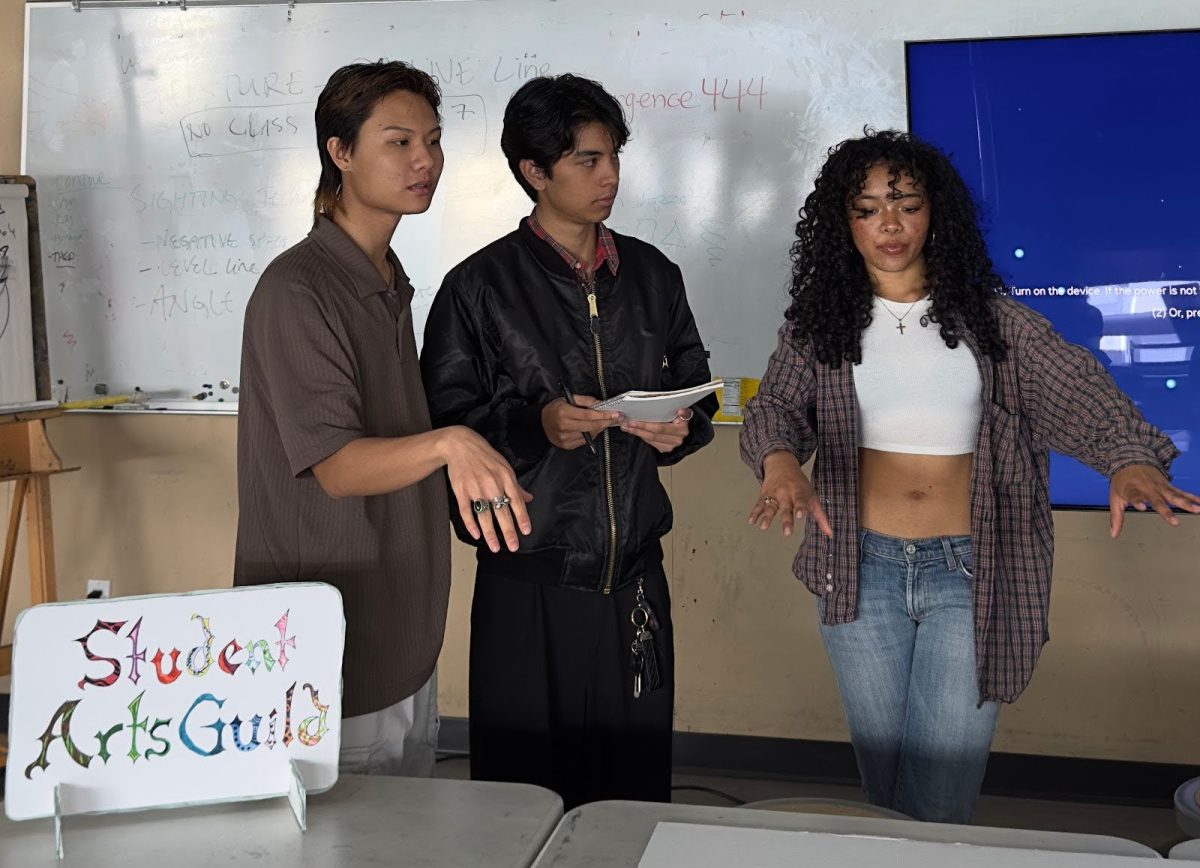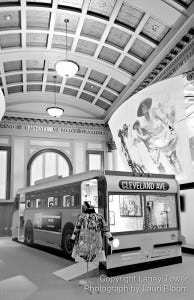 Still art speaks volumes in the collaboration of master quilter, Patricia Montgomery, and Chief Curator Rick Moss at The African American Museum & Library in Oakland. They present us with poignant moments in the lives of civil rights heroines. The use of fabulously tailored swing coats artistically accentuates individual stories of each heroine, bringing the spirit of her story to life.
Still art speaks volumes in the collaboration of master quilter, Patricia Montgomery, and Chief Curator Rick Moss at The African American Museum & Library in Oakland. They present us with poignant moments in the lives of civil rights heroines. The use of fabulously tailored swing coats artistically accentuates individual stories of each heroine, bringing the spirit of her story to life.During this free event learn their stories, and how the civil rights movement was effected by them and their contributions.
Curator and artist have designed a life sized bus as a way to effectively engage us with this history and also using the element of each artistic coat The garments with intricately designed construction, patchwork with stories to read literally and figuratively speak for themselves.
The exhibition truly gives recognition to Heroines of the Civil Rights Movement visually, with interactive videos and streaming audio voices that coax us into the time period. It is craftily designed so you can also get on that segregated bus for a trip, back in time, to long ago. It all highlights famous and unspoken heroines of the civil rights movement in a fabulous, well presented exhibit that should not be missed.
The exquisite flair does not attempt to hide statements embossed on many of the swing coats describing disturbing stories, the racial tension and history through fashion of the times. Along with visual displays subtle voices, conversations, singing attract your attention from somewhere in the background, they effectively convey fabulous stories using details on display. Each detail is presented to purposely remind visitors of the people’s struggles of time period represented.
Heroines, some we may recognize, are individually focused upon and accentuated using a swing coat and biography display that includes a personal photograph. We get insight of each personal struggle and the photo accompanying each heroines story. Most of the heroines highlighted have never been mentioned until now. They formally now get the well deserved recognition for participating in what started the civil rights movement that banned segregation here in this country. during the heights of civil rights activism during the late 20th century.
The time period highlighted happened during the 1960’s Civil Rights movement, segregation was common in the south and the Jim Crow era was being dismantled. But this was not without exhaustive struggles for rights and adjustment to fair treatment. Heroines of the Civil Rights Movement will be open until July 16, 2016.
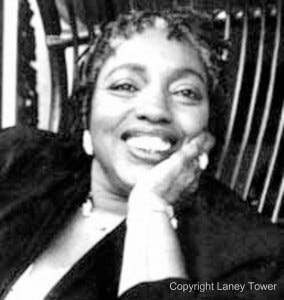
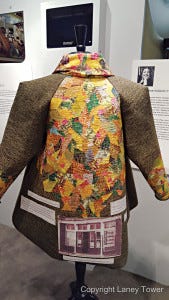
Endesha Ida Mae Holland (1944–2006)
Scholar, playwright, civil rights activist
Holland was a child of poverty. At 11, she was raped; at 13, she dropped out of school and became a prostitute in order to help her mother make ends meet. A chance encounter at 22 led to her joining the Student Nonviolent Coordinating Committee (above). Soon after, she returned to school, earning multiple degrees, then founding the first African-American Studies department at the University of Minnesota.
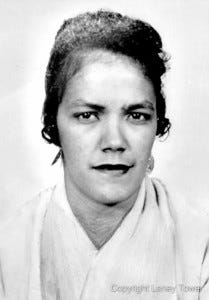
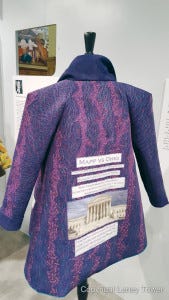
Dollree Mapp (1923–2014)
‘The Rosa Parks of the 4th Amendment’
Mapp became permanently attached to the civil rights movement as the 1961 Mapp v. Ohio case went all the way to the U.S. Supreme Court. In 1957, she sued Cleveland Police who entered her home, searched and arrested her unlawfully, all without a search warrant. The U.S. Supreme Court ultimately ruled in her favor, 5–4, ensuring that state courts throw out evidence obtained illegally.
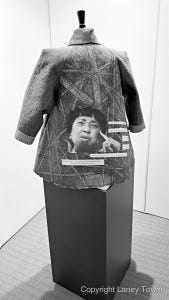
Dorothy Cotton (1930 — )
Award winner, organizer, marcher
Dr. Cotton fought with Dr. Martin Luther King for civil rights in the 1960’s. Whenever asked, she vividly recalls when she fought alongside Dr. King and others involved with the Southern Christian Leadership Conference. At that time there were segregated public facilities and areas for non-whites, like at the local Woolworth lunch counter where non-whites were not allowed.
In 2010 she received the National Freedom Award from the National Civil Rights Museum. In 2011 she was the recipient of the annual MLK Peacemaker award.

